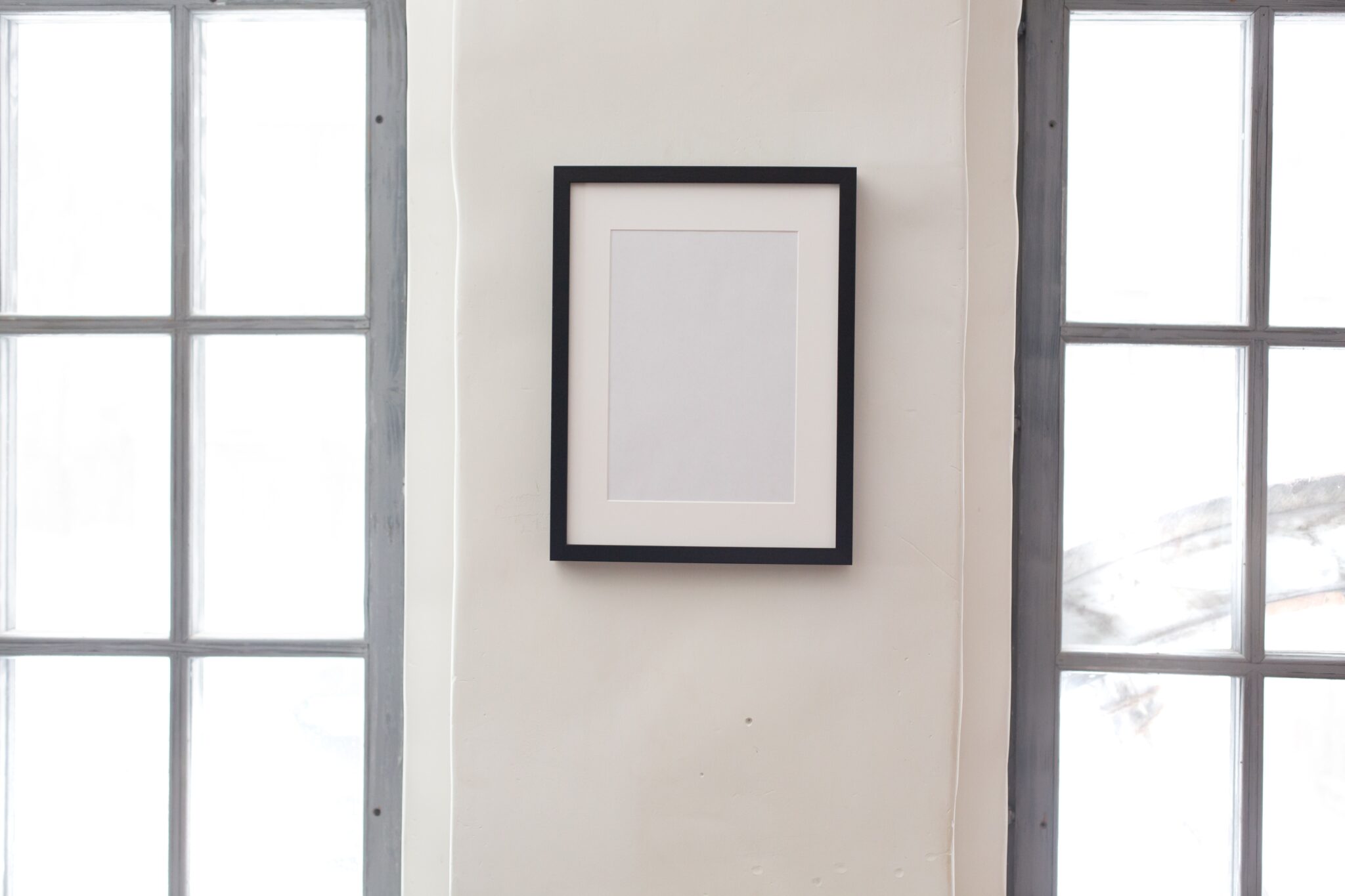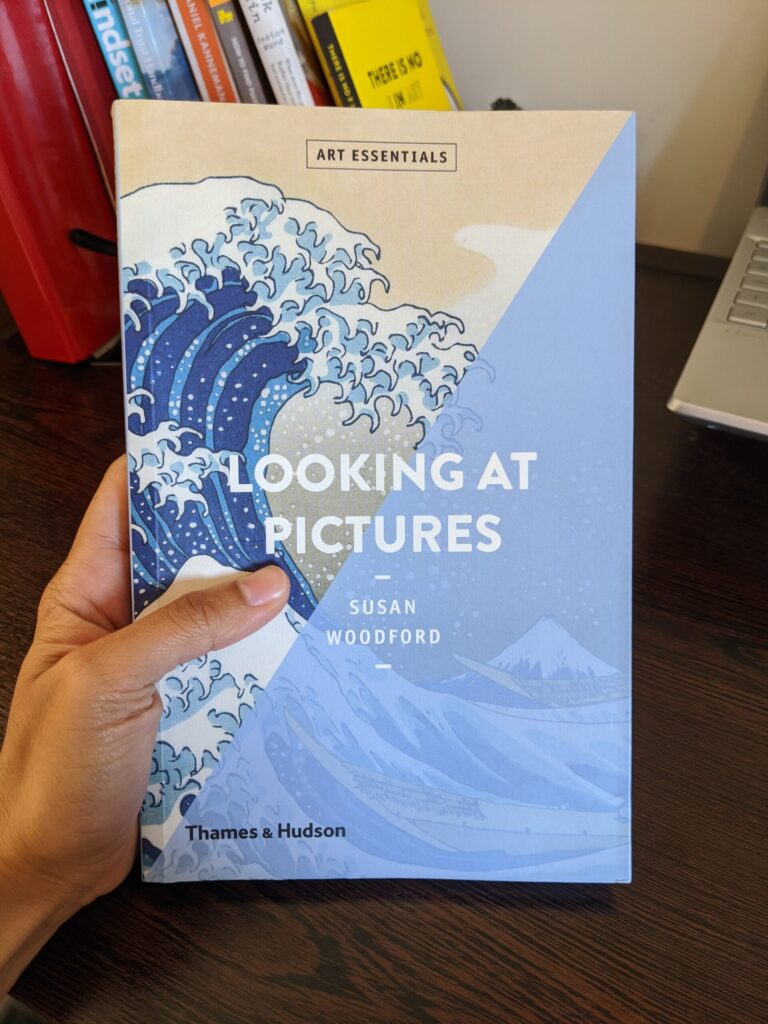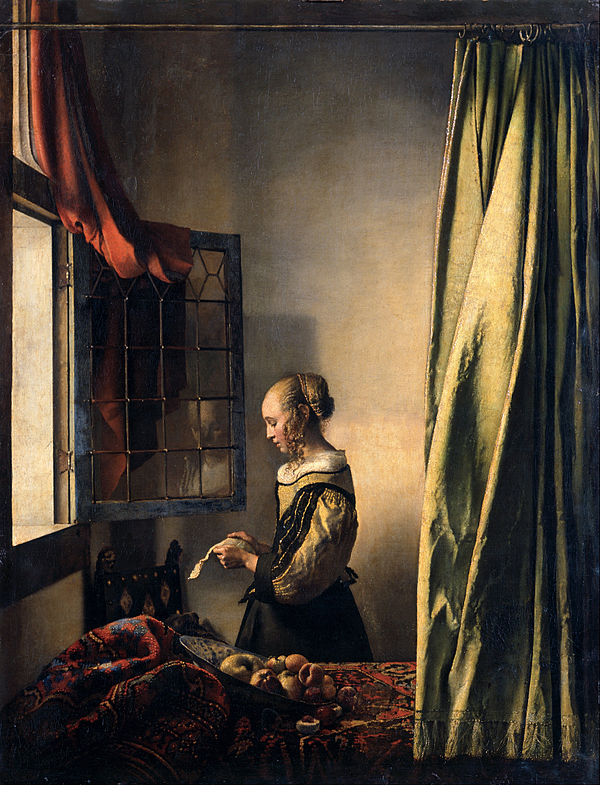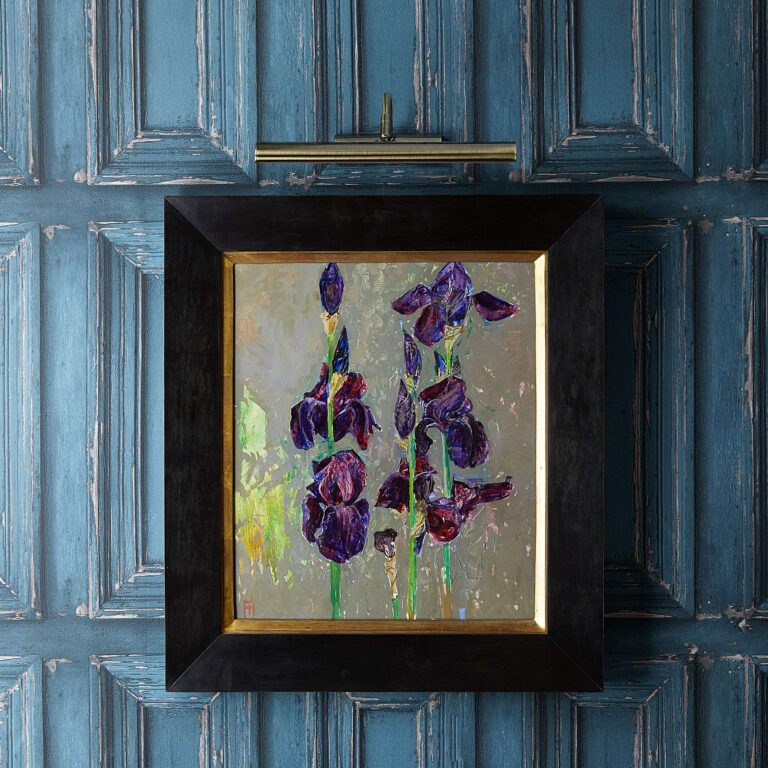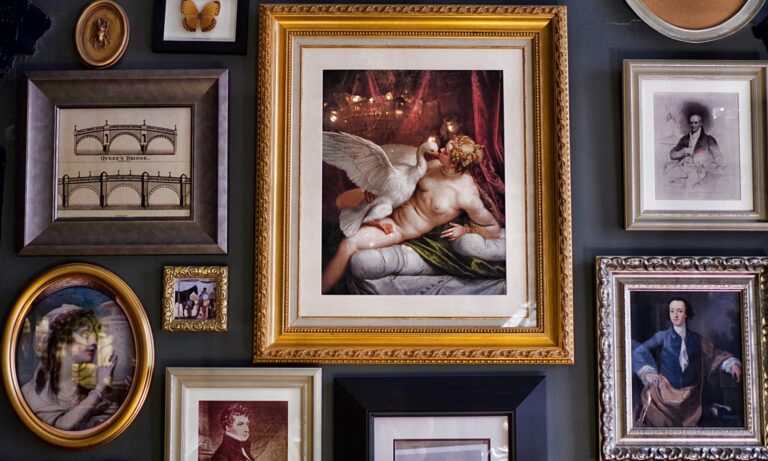When should I frame a painting with glass?
Deciding whether or not to protect an art piece with glass depends very much on the medium that the painting has been done in, as well as the surface that the painting has been done on.
By Saira Kalimuddin-May
17 May 2022
If the artwork in question is an oil or acrylic that has been painted on canvas, panel or board, there is no need to frame it under glass.
Glass is used in framing to protect the artwork from moisture and harmful UV rays which can fade the colours.
On the flip side however, glass can hide the textures and raw quality of the paint which are often integral to the appreciation of the artwork.
If your painting ( in any medium) is done on paper or a thin material like card, adding glass to the frame can act as an extra support, and will also help to protect the condition of the paper/card.
If you do choose to add glass to a painting, be sure to add a framing mount (also known as a mat).

A framing mount is essential because it adds space between the glass and the artwork, which is why they are often used with flat works like photographs and watercolours. This extra space allows air circulation and prevents condensation that can lead to mildew, mould, or buckling. For paintings, the mount card also ensures that the paint does not touch or stick to the glass. If your painting has thick paint, make sure the mount card is thicker to create a wider gap between glass and painting.
In short, oil paintings and acrylics do not need glass, unless it has been painted onto paper or a similar thin substrate.
Glass is required when a painting has been done in a more vulnerable medium such as watercolour, ink, pencil (graphite), pastel and charcoal.

